The latest Raspberry Pi is a microcontroller
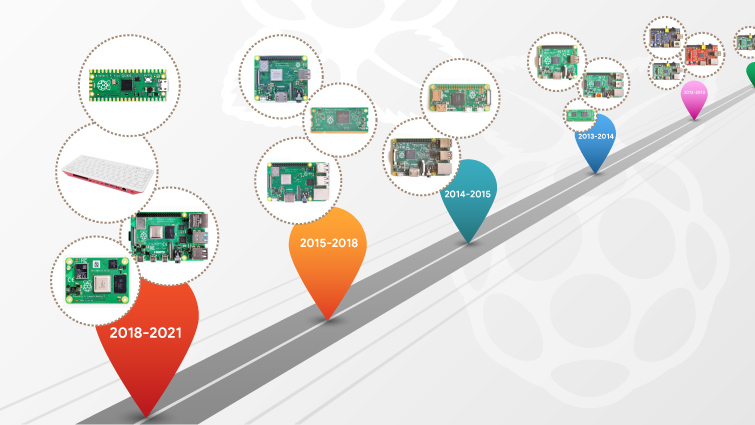
It’s been 9 years since the first Raspberry Pi’s release, no one would ever have thought that one day the RPI foundation would make their own microcontroller chip.
4 US dollars, dual-core Cortex-M0+ (ARM’s most energy-efficient processor) up to 133Mhz, 264KB on-chip SRAM, PIO (programmable I/O support), and many other cool features together have made this shiny new board incomparable in literally every aspect. If you’ve made projects with some of the Arduino boards, you are going to love it, it’s a must-have.
Arducam has brought camera modules, kits, and person detection to the RP2040 ecosystem
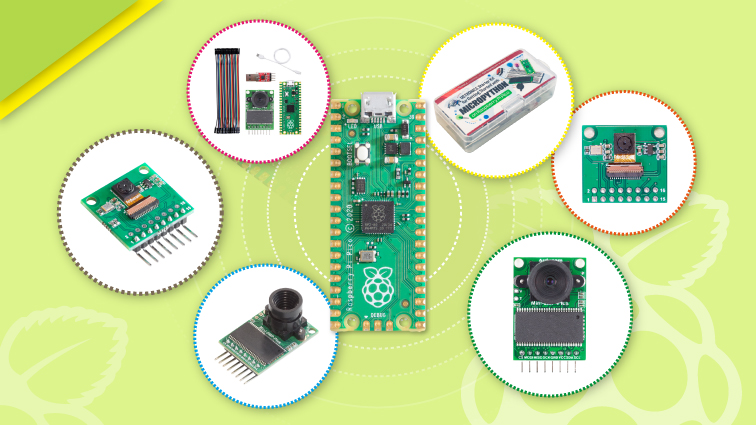
We designed two new camera modules, the Arducam HM01B0 & HM0360, all based on two ultra low-power mono sensors from Himax, and they are great for image processing in many machine vision applications where grayscale is preferred.
We also took two of our most popular Arduino cameras, the 2MP Arducam Mini & 5MP OV5642, to the Pico platform. Both of them are high definition color sensors, which makes them flexible enough for diverse use cases.
See our exclusive camera solutions for RPI Pico >
Partnered with UCTRONICS, we created two kits, a Pico-based person detection kit and a MicroPython learning kit, for both advanced users and microcontroller beginners.
We can keep on porting more modules to Pico, but it’s not enough.
Enter Arducam Pico4ML TinyML development board
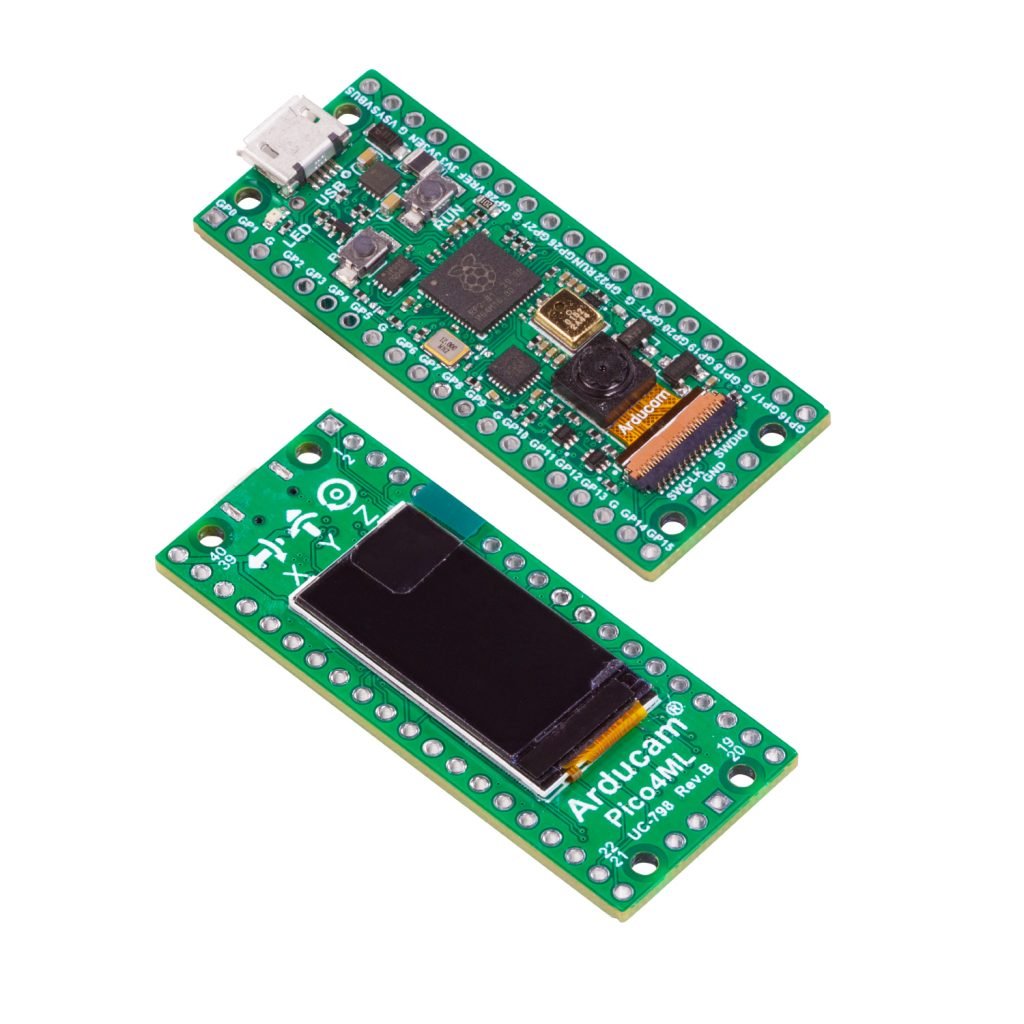
Raspberry Pi released the Pico together with a series of third-party RP2040 boards, we’ve seen quite a few interesting form factors, and some are packed with really practical features. These new boards are good enough for most projects.
However, they all missed something, and here’s our take on the pico alternatives:
Most of the Pico boards available right now are somewhat focused on the IoT/entertainment/education side of things, we have no problem with this at all, it’s what MCUs are built for. But the RP2040 chip is certainly designed to do more than just blinking LEDs, or controlling motors/relays. There needs to be a board that’s complete ML-first and can fully leverage the power of on-device AI technologies, that’s why we created our own board.
Pico4ML is a compact tinyML development board, it’s got the same size and pinout of the RPi Pico, but with an on-board low-power QVGA camera module, a PDM microphone, a 0.96 inch screen, and a 9-axis accelerometer, we are confident enough to say that this board is very adequate for any pre-trained person/motion/voice/etc. detection TFLite micro models.
Pico4ML is open source for all
Making the board’s design files, schematics, and codes accessible means:
- You can make a “Pico4ML” dev board in any form factors you like.
- You can modify the Pico4ML’s hardware/software to build highly customized projects.
- You can turn the accelerometer, the camera, the screen, and the microphone into HATs and use it with other RP2040 boards.
What others think about this board
Eben Upton

Hackaday
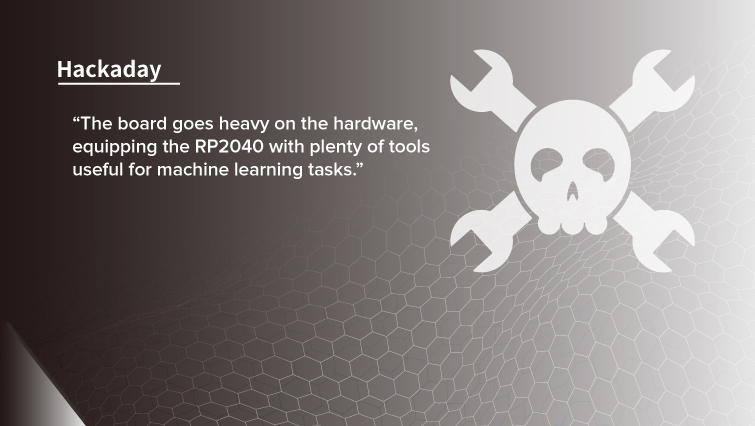
Tindie
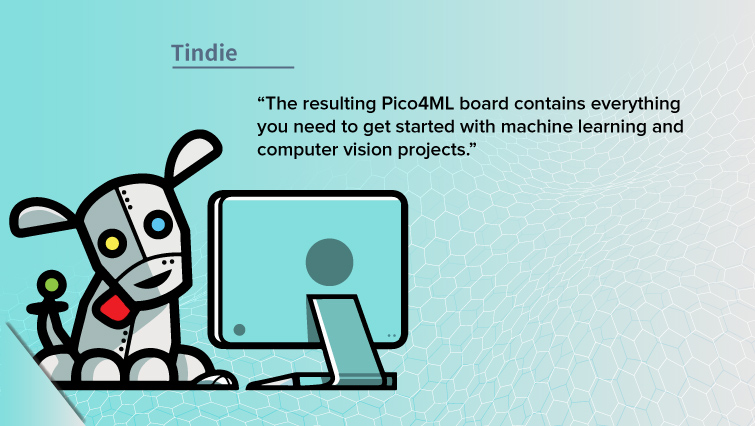
Hackster.io
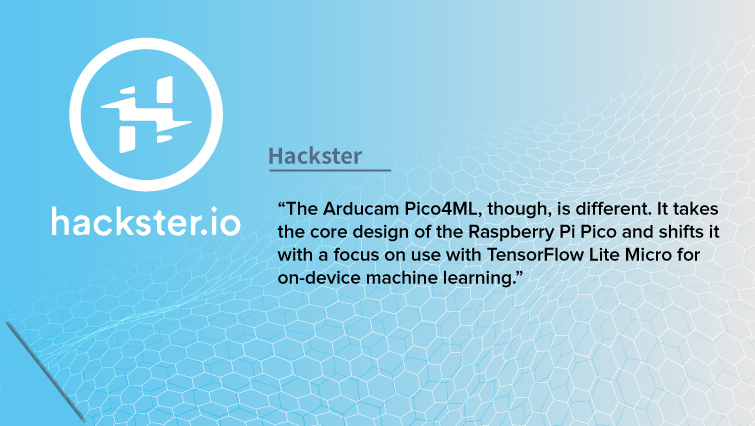
HAL Speed

Alasdair Allan



